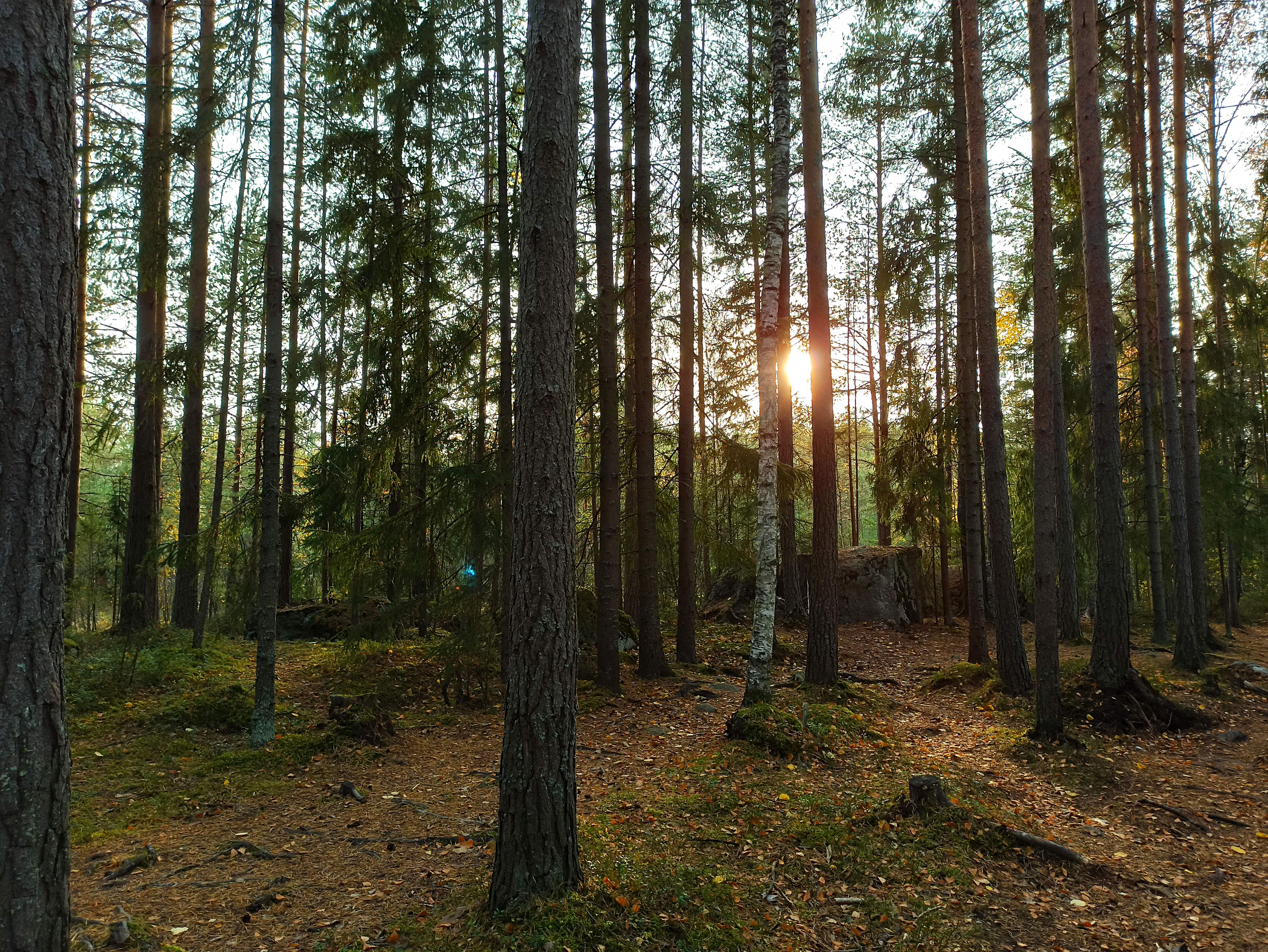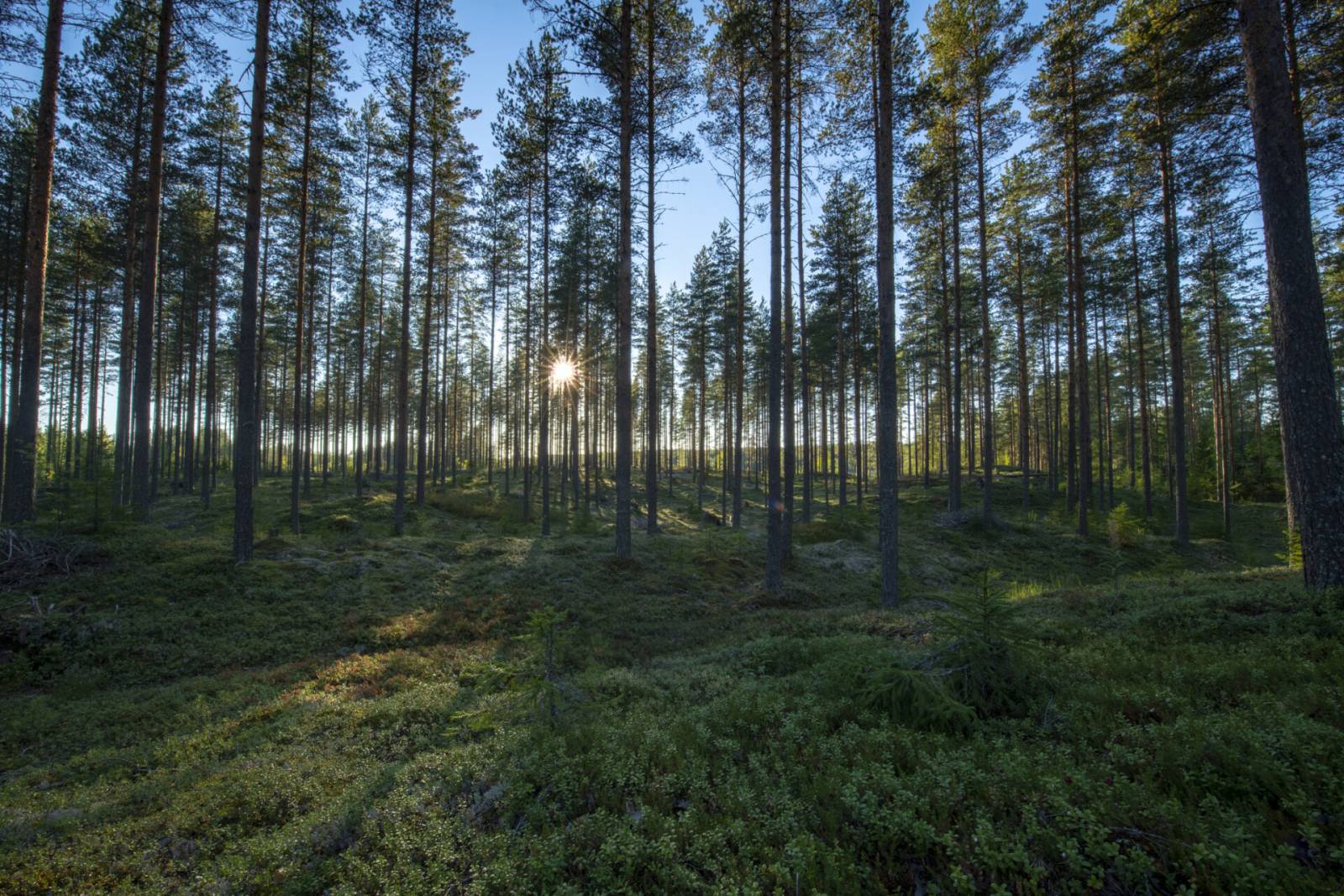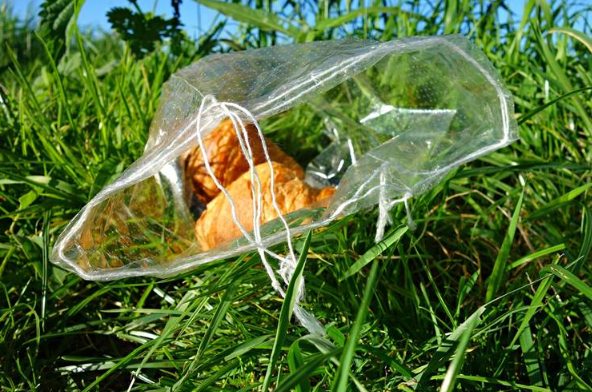What is a carbon sink?
A carbon sink is a system that is able to effectively absorb more carbon than it releases, which is performed through the process of carbon sequestration. These are also known as carbon pools.
Natural carbon sinks:
- Forests: Plants, trees, and other vegetation, act as carbon sinks through the process of photosynthesis: they absorb CO2, storing carbon in their leaves, branches, trunks, roots, and any other biomasses. Forests are a giant ecosystem with many systems that work hand in hand in maintaining balance. Because of that, they have a huge role on the carbon cycle, making them one of the largest and most efficient carbon sinks.
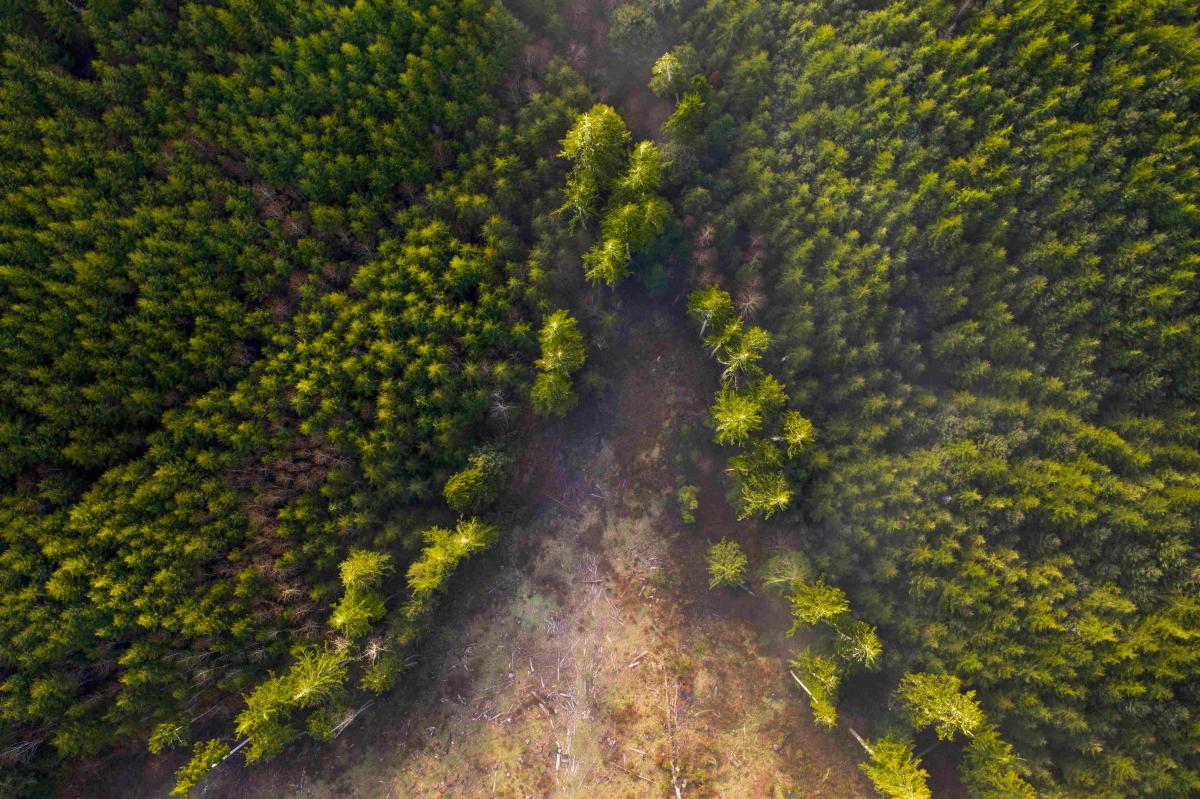
- Oceans: Physical and biological processes in the ocean cause the ocean to absorb CO2 from the atmosphere. Physical processes include the dissolving and saturation of CO2 in seawater, and biological processes include phytoplankton found on the surface that absorb CO2 for photosynthesis.

- Soil: Decaying biomass from plants and animals eventually make its way to soil and are decayed with soil fauna and microorganisms, meaning carbon is stored in the soil.
Importance of carbon sinks
Carbon sinks help make up for the billion tons of CO2 that are emitted daily by human activities, helping in the maintain of the carbon cycle, which regulates earth’s climate and prevents that drastic increase in global temperatures. Carbon sinks are critical and crucial for the management of the environment, as they combat climate change.
Is nature’s carbon sink failing?
Unfortunately, the carbon sink that is maintaining earth’s harmony is collapsing. This is due to human activities that cause deforestation, land degradation, ocean acidification, soil degradation, and general climate stress. This is causing a reduction in natural carbon sinks’ abilities in absorbing CO2, potentially changing them from carbon sinks to carbon sources.
From 2010 to 2022, carbon sinks found on land were able to extract an average of 2 gigatons of carbon from the atmosphere per year. However, with 2023 being the hottest year ever recorded, land carbon sinks temporary collapsed and absorbed little to no carbon, from 0.23-0.65 gigatons only. This was the lowest amount since 2003 and is more than three times lower than the average of the past decade.

Furthermore, Finland for decades was known for forests and peatlands that acted as excellent and effective carbon sinks. However, the forest carbon sinks in Finland have declined approximately 90% from 2009-2022, due to peatland degradation and increased emissions from soil.
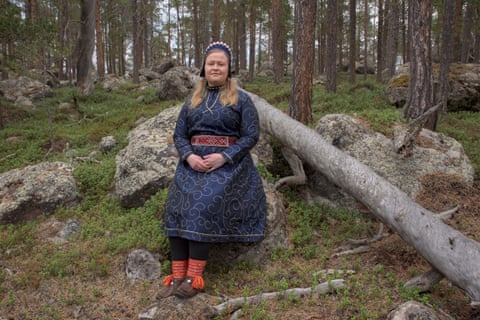
How can we prevent that from happening?
If we want to prevent the collapse of carbon sinks, we need to preserve the occurring natural systems on earth by enhancing and developing artificial solutions, in order to mitigate global warming and reduce CO2 emissions. Artificial carbon sinks such as carbon capture storage and landfill sites can be used for this:
- Landfill sites can act as carbon sinks although they are used for waste disposal, and this is because they store organic waste that decompose anaerobically, and this causes the production of methane that is captured to be used as a source of energy.
- Carbon capture is a technology used to reduce carbon dioxide emissions by capturing them from the atmosphere or from the burning of fossil fuels in power generation and industrial processes including steel production, cement production, and hydrogen production. The carbon is them transported and stored permanently underground as geological and biological formations.

Conclusion:
With the effect of what happened in 2023, we see that carbon sinks are fragile and crucial systems that fight the climate crisis and help keep our planet alive. The earth’s balance is now at great risk with the heavy strain it has been put under by the activities performed by humans; delicate ecosystems are in danger of crumbling. This is why we need to work on protecting forests and restoring them, and why we all need to individually work on reducing our carbon footprint, to strengthen carbon sinks and bring them back to life.

